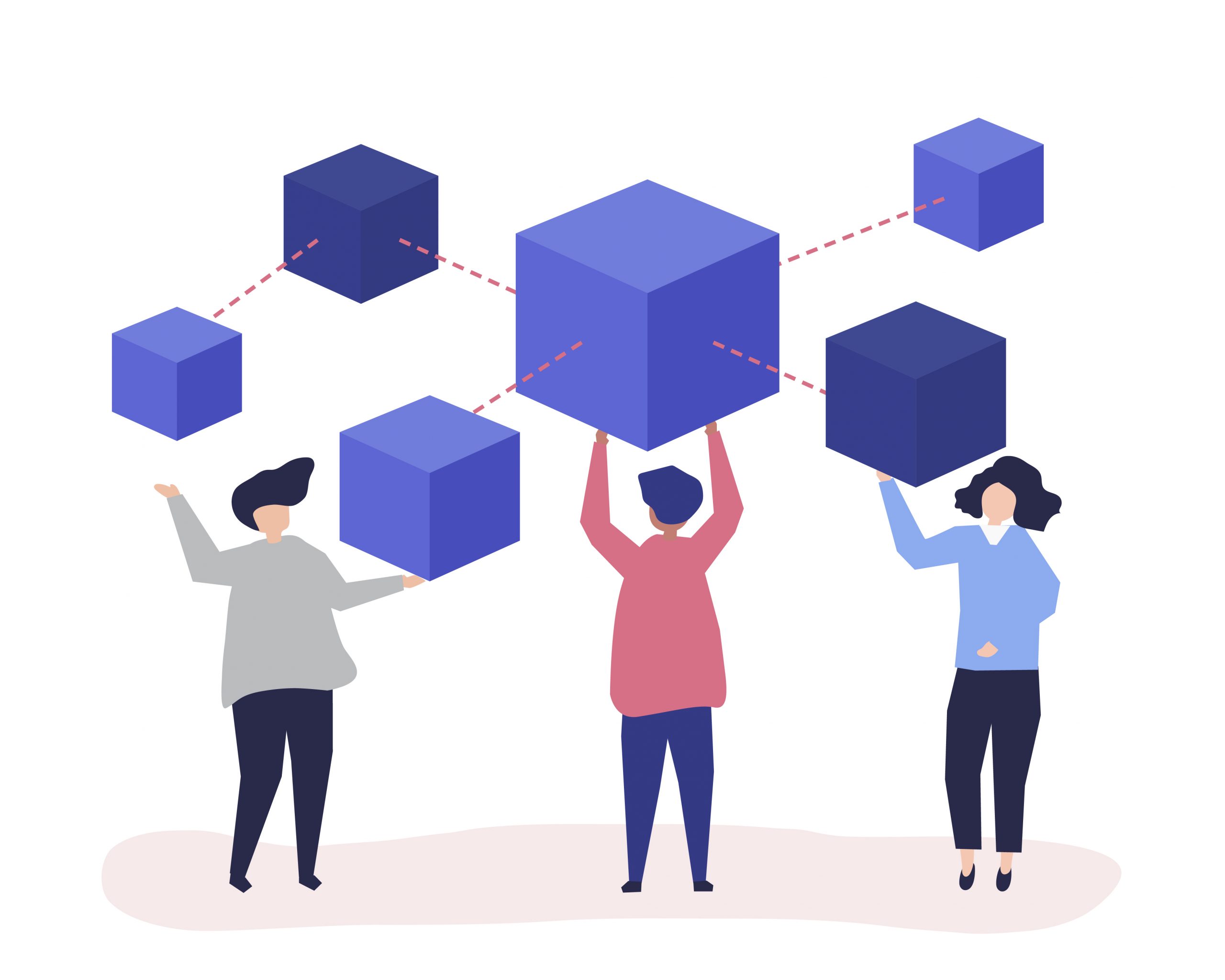The selection and implementation of the ERP system are two significant things that a company has to get it right. The ERP benefits are well-known such as improved customer service, streamlined operations, business growth, and competitive advantage, etc. A company by selecting a wrong ERP system or by poor implementation of the system can take their company’s progress back by years. Companies should have non-disruptive ERP implementation, and while working with the right ERP System Company can progress without any glitch. Whether it is a small company or a multinational company, implementing a new ERP system faces similar challenges and opportunities.
The essential steps taken by the companies to select and implement an ERP system are:
Address the Basics Right –
Businesses before implementing a new ERP need to address a few things that will help them set up for success. Once they move into the implementation phase of the ERP project. Organizations should get their ERP selection and implementation in place to avail of the countless benefits of ERP. Such as streamline operations, competitive advantage, business growth, enhanced customer service, etc. However, selecting a wrong system or poor implementation can affect the company’s progress in a big way. Companies should address the basics right and hence they first need to find an answer to why an ERP system is needed in their organization.
The company might be in need of an ERP system because perhaps their current system is not supporting their business’ requirements. Or will not be supporting in the future as their business grows and expands. It could also be that their current system is way too expensive or is not secure. There could be several other reasons for organizations to have a new ERP system. Once the business finds apt answers to these queries, it is time for them to secure their team, outline the project strategy. And take a good look at the current state of the business.
Build Team Consensus and Confidence –
The company’s employees are habitual to the same type of activities performed through a set process in their normal routine. And any changes in this process are not easily accepted, especially if something is as significant as ERP. ERP is not a fixed asset rather it is a system that changes the office working-style and environment for the growth and betterment. The ERP system not only affects one or two operations but all. Thus management needs to involve their employees and mentally prepare them to understand significant things about ERP like why it is vital for the organization to include ERP, or how would ERP boost productivity, or how an ERP automate back-office functions and save time.
With the help of some brainstorming sessions, updates on relevant developments and solving queries will help the company build employees’ confidence and mentally prepare them to acknowledge the change. Change is for everyone and communicating this to the employees will ease out the things for the companies. ERP can provide the best results only when every employee accepts the change, so companies must ensure a smooth and successful transition by building confidence in their employees.
Select and Implement the Right ERP Solution –
There are several ERP systems to choose from, which businesses need to carefully, select and implement to achieve their prime objective behind using the system. While selecting an ERP system, three things should be kept in minds such as the ease of use, functionality, and support. Businesses need to understand that evaluating ERP options is important, and options should be evaluated based on current needs and also depending upon future requirements. The latest additions such as cloud ERP solution or SaaS ERP are the preferred choice of customers. As these options come with different scopes and flexibilities o adjust the future requirements. Therefore, the company should brainstorm with the ERP vendors to select the best ERP system for the organization.
Implementation of New ERP System –
The core of all the steps of ERP implementation is preparing the company that plays a vital role in the process whether it is a success or failure. Businesses after discussing with the vendor company need to install the requisite infrastructure. Because failing to do so the company will be unable to grow their business as expected due to the lack of tools they need in their current ERP system. The infrastructure on which the software will run should have a scalability feature along with the update options to make the best use of the system.
ERP implementation is also a big challenge, especially if the company is using the software for the first time. The company needs to identify the necessary data for a successful transition to the common software problem is essential. Businesses should use the standard tracking tools like MS Project to manage the project. And should also ensure that the entire project and its progress are visible to the entire team.
Keep the Momentum –
Businesses need to be aware that implementation of the ERP is not the end once they go live. It is important for businesses to stay up to date on the latest features, releases, and training of ERP systems. The company should be aware of the advanced functionality and should keep their employees educated. It is common within the organization that employees and applications can change, so they need to ensure. That they are staying up-to-date with the happening going in the ERP world. The ERP implementation should not disrupt the business and should prove a huge success. With the right support and partnership, an ERP selection and implementation can be a seamless experience.
Also Read: 5 Advantages of Software as a Service System for an Organizations





